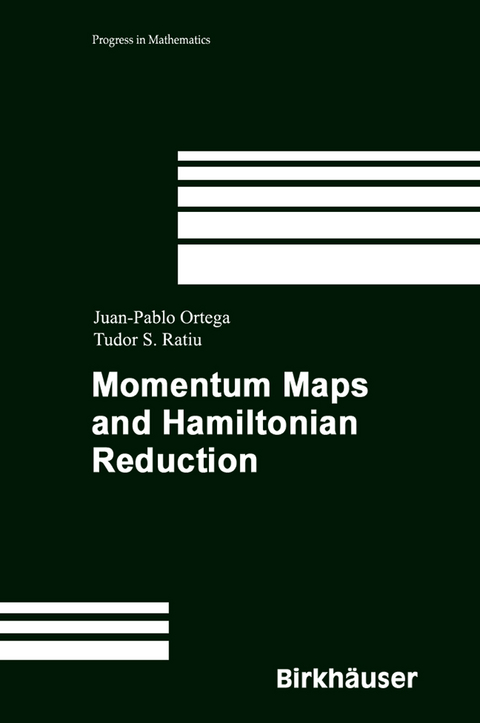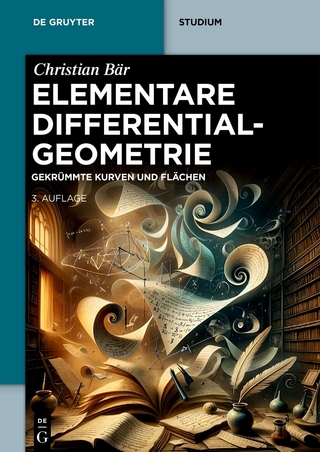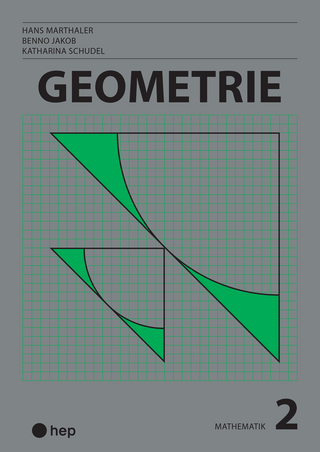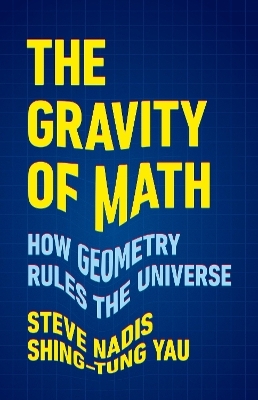
Momentum Maps and Hamiltonian Reduction
Seiten
2003
Birkhauser Boston Inc (Verlag)
978-0-8176-4307-2 (ISBN)
Birkhauser Boston Inc (Verlag)
978-0-8176-4307-2 (ISBN)
- Titel z.Zt. nicht lieferbar
- Versandkostenfrei innerhalb Deutschlands
- Auch auf Rechnung
- Verfügbarkeit in der Filiale vor Ort prüfen
- Artikel merken
The use of the symmetries of a physical system in the study of its dynamics has a long history that goes back to the founders of c1assical mechanics. Symmetry-based tech niques are often implemented by using the integrals 01 motion that one can sometimes associate to these symmetries. The integrals of motion of a dynamical system are quan tities that are conserved along the fiow of that system. In c1assieal mechanics symme tries are usually induced by point transformations, that is, they come exc1usively from symmetries of the configuration space; the intimate connection between integrals of motion and symmetries was formalized in this context by NOETHER (1918). This idea can be generalized to many symmetries of the entire phase space of a given system, by associating to the Lie algebra action encoding the symmetry, a function from the phase space to the dual of the Lie algebra. This map, whose level sets are preserved by the dynamics of any symmetrie system, is referred to in modern terms as a momentum map of the symmetry, a construction already present in the work of LIE (1890). Its remarkable properties were rediscovered by KOSTANT (1965) and SOURlAU (1966, 1969) in the general case and by SMALE (1970) for the lifted action to the co tangent bundle of a configuration space. For the his tory of the momentum map we refer to WEINSTEIN (1983b) and MARSDEN AND RATIU (1999), §11. 2.
1 Manifolds and Smooth Structures.- 2 Lie Group Actions.- 3 Pseudogroups and Groupoids.- 4 The Standard Momentum Map.- 5 Generalizations of the Momentum Map.- 6 Regular Symplectic Reduction Theory.- 7 The Symplectic Slice Theorem.- 8 Singular Reduction and the Stratification Theorem.- 9 Optimal Reduction.- 10 Poisson Reduction.- 11 Dual Pairs.
| Reihe/Serie | Progress in Mathematics ; 222 |
|---|---|
| Zusatzinfo | 2 Illustrations, black and white; XXXIV, 501 p. 2 illus. |
| Verlagsort | Secaucus |
| Sprache | englisch |
| Maße | 155 x 235 mm |
| Themenwelt | Mathematik / Informatik ► Mathematik ► Geometrie / Topologie |
| ISBN-10 | 0-8176-4307-9 / 0817643079 |
| ISBN-13 | 978-0-8176-4307-2 / 9780817643072 |
| Zustand | Neuware |
| Informationen gemäß Produktsicherheitsverordnung (GPSR) | |
| Haben Sie eine Frage zum Produkt? |
Mehr entdecken
aus dem Bereich
aus dem Bereich
Gekrümmte Kurven und Flächen
Buch | Softcover (2024)
De Gruyter (Verlag)
54,95 €
how geometry rules the universe
Buch | Hardcover (2024)
Basic Books (Verlag)
31,15 €


